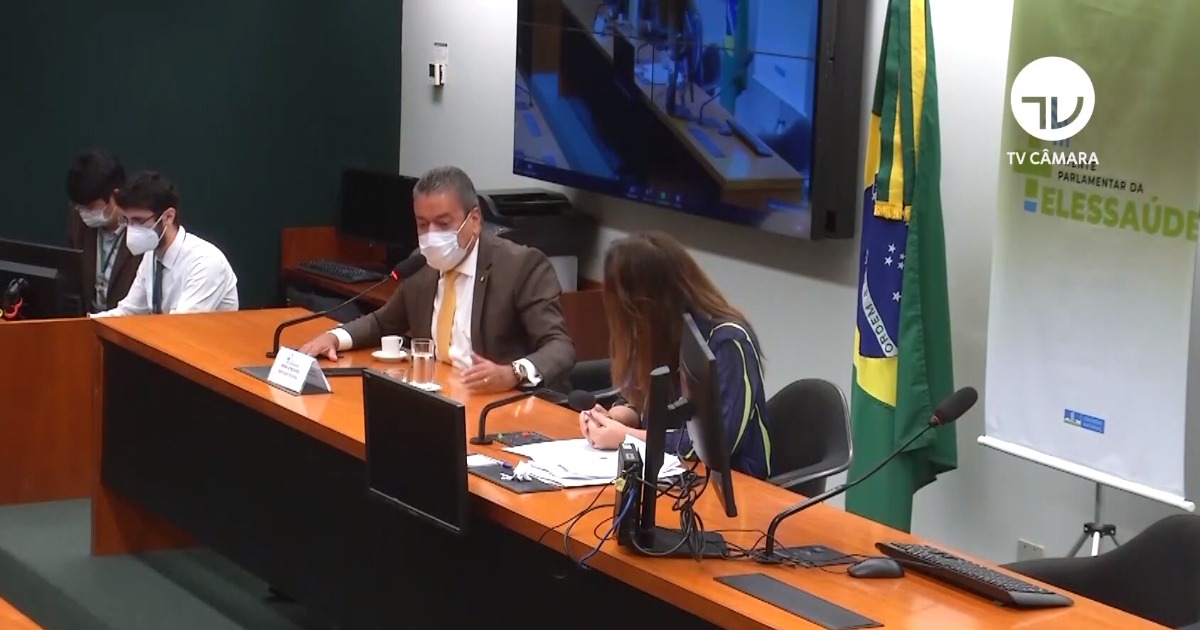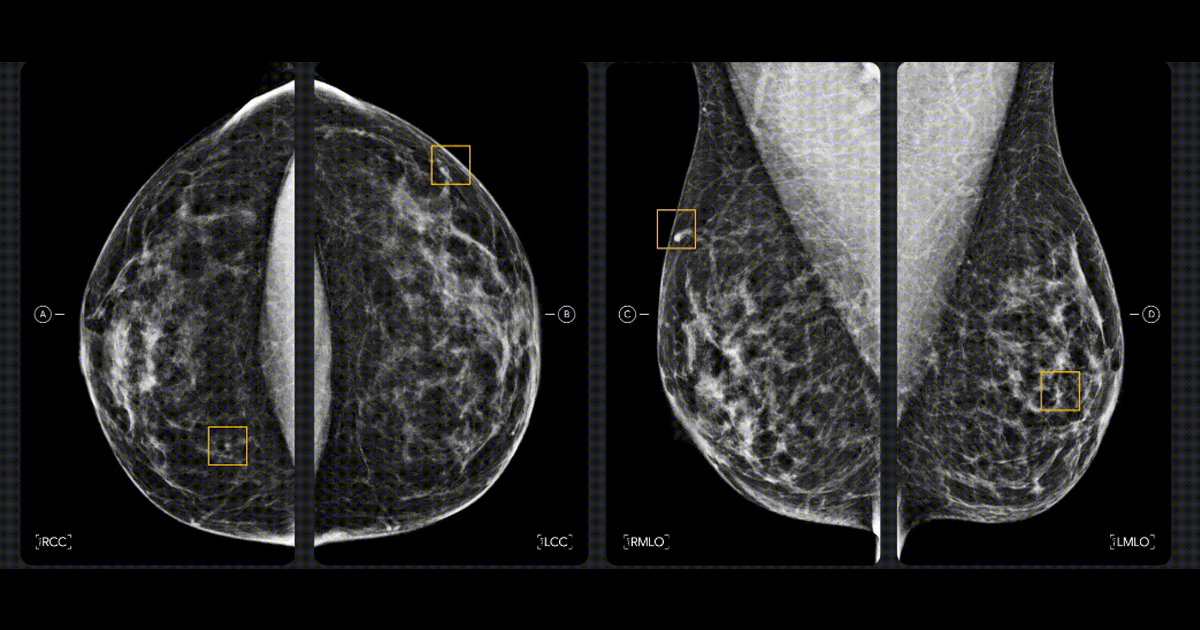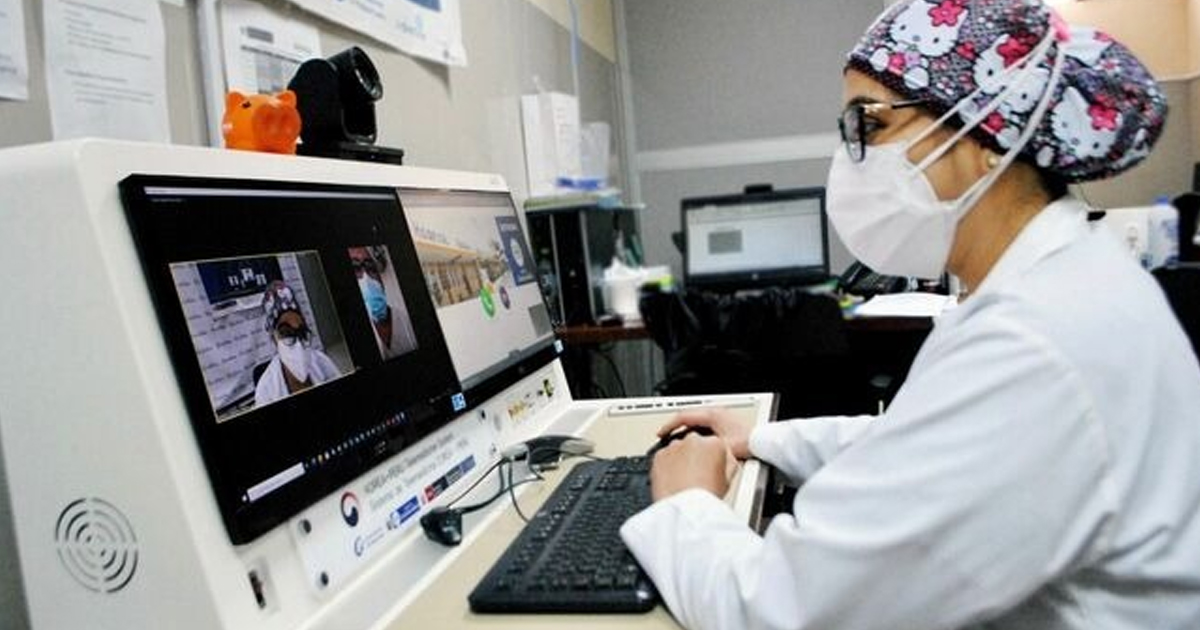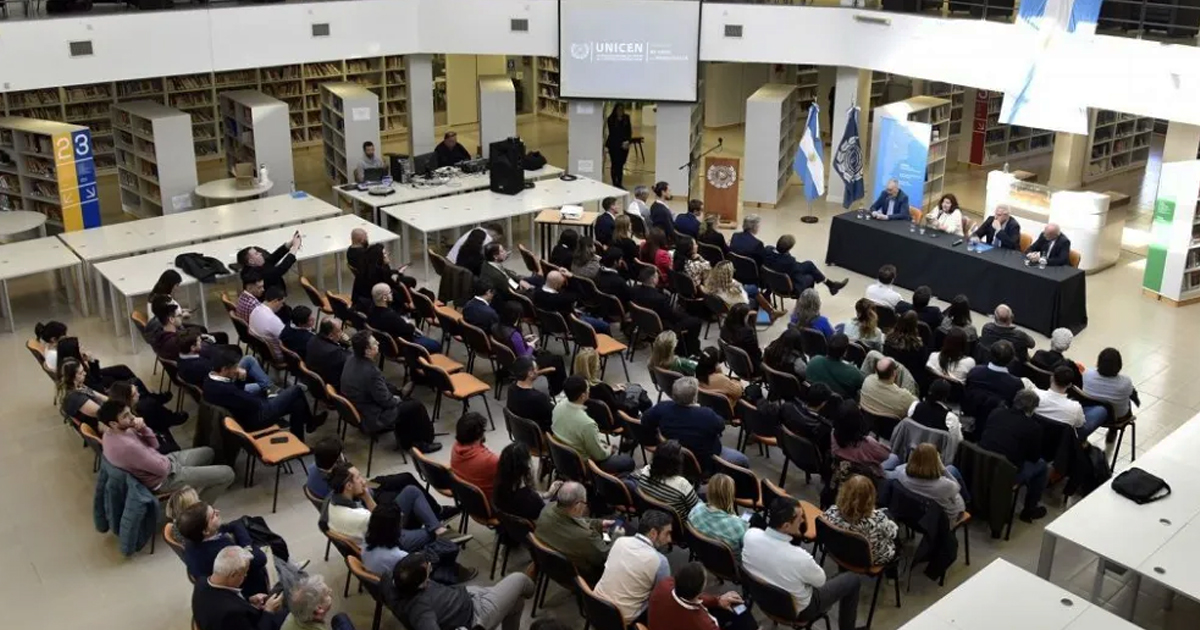The application of telemedicine increased last year at the beginning of the pandemic despite the fact that it is a service or modality that has been applied for more than ten years.
The application of telemedicine increased last year at the beginning of the pandemic despite the fact that it is a service or modality that has been applied for more than ten years. Cristina Carrillo Prado, an academic at the National School of Higher Education (ENES) León, explained the obstacles faced by telemedicine and digital health services, such as the lack of connectivity and access to devices and, especially, the lack of digital literacy.
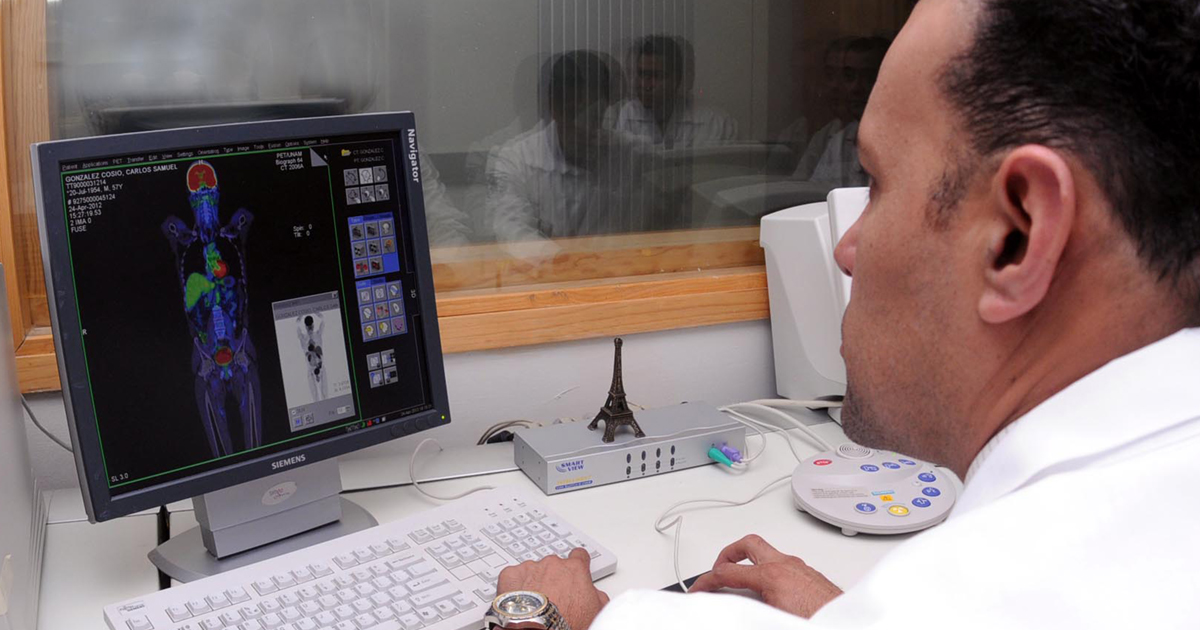
The researcher explained that, during the pandemic, teleconsultations are of particular importance for patients who have overcome COVID-19, but suffer some adverse effects. Regarding the pandemic, she also commented that it is urgent to guarantee the resources of the public and private sector to benefit the population, especially through essential health services.
Regarding telemedicine, Carrillo Prado explained that it is possible that it is associated with a depersonalization in the doctor-patient relationship, however, it is possible to establish strategies that favor both parties so that they become familiar with the technologies, always complying with the characteristics of confidentiality and encouraging patient-oriented and patient-centered healthcare. "When the treatment is professional, with the quality and warmth that is required, telemedicine becomes highly professional, just like in-person telemedicine," he explained.
One of the limitations of telemedicine that the researcher recognized is the adoption of digital technologies, since it requires planning, training and continuous improvement. In addition to having the necessary equipment and infrastructure to apply these technologies in health services.
The researcher also referred to regulatory legislation on telemedicine and the protection of patient data. "We, as providers in the service of public or private institutions, must consider aspects such as security, data confidentiality, privacy and legal medical issues," she said.
Finally, Carrillo Prado mentioned that at UNAM they are working online, developing work on the results obtained with patients who have received remote medical care, and that the results have generally been favorable.
On the other hand, the Center for Policy, Population and Health Research at the UNAM School of Medicine, in collaboration with the Traveler's Preventive Care Clinic, set up a COVID-19 sample collection center, which in addition to preventing contagion, is also a way of providing follow-up to those people who show positive results. Positive cases are followed up daily via telemedicine.
You can schedule an appointment at the following link: http://clinicadeviajero.unam.mx/

